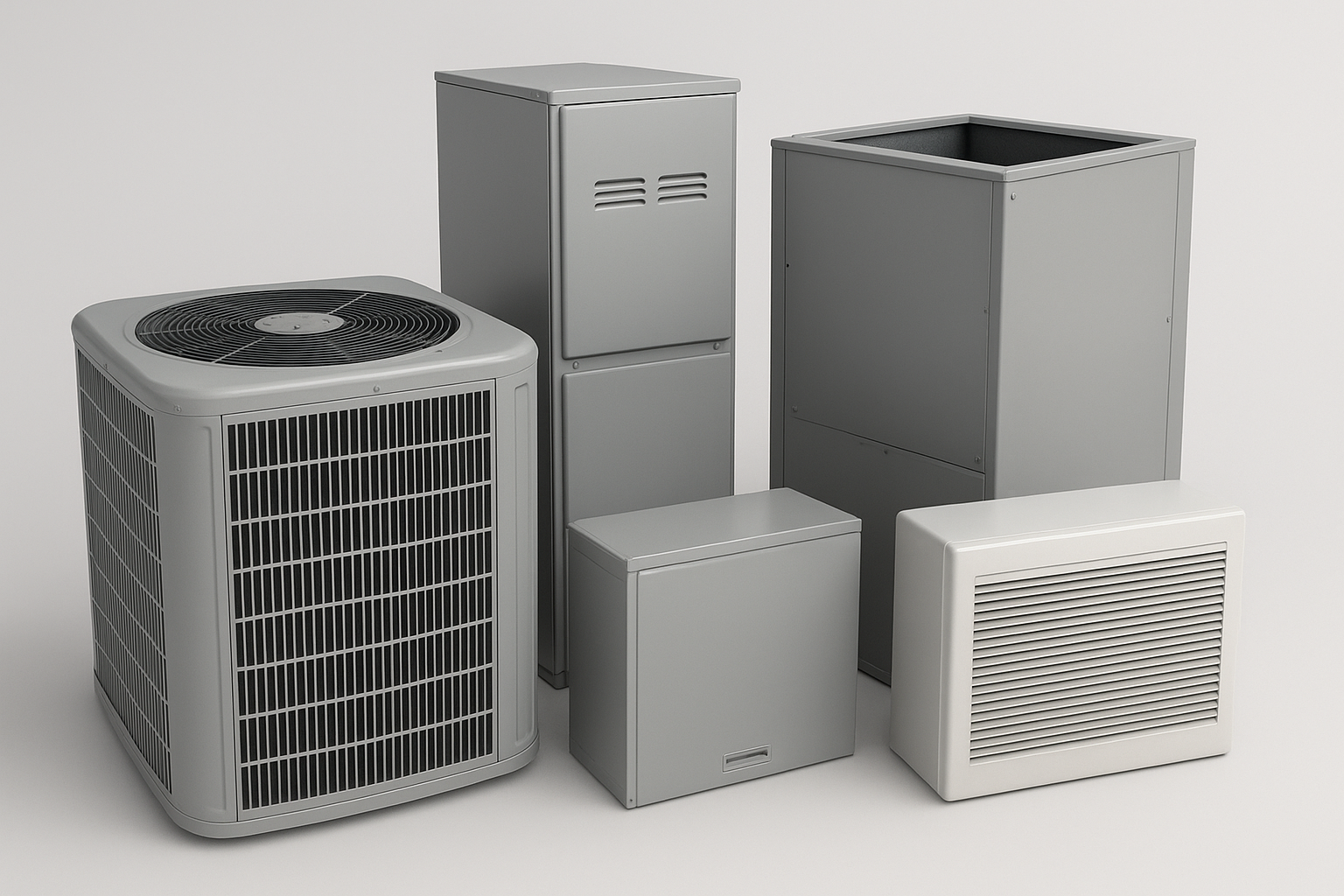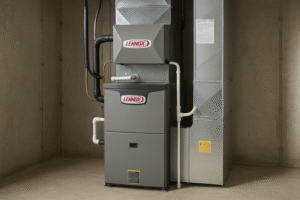
When it’s time to replace or upgrade your home’s heating, ventilation, and air conditioning (HVAC) system, getting multiple estimates is a smart move. It helps you compare options, understand market prices, and ultimately make an informed decision. However, many homeowners fall into a common trap that turns this process into a headache: inconsistency in what they ask from each contractor. In this post, we’ll dive into the right way to solicit HVAC estimates and explain why failing to standardize your requirements can lead to more confusion than clarity.
Why HVAC Estimates Matter
Your HVAC system is one of the biggest investments in your home, often costing thousands of dollars. A well-functioning unit ensures comfort, energy efficiency, and even impacts your property’s value. But with so many variables—like system size, efficiency ratings, brands, and installation complexities—prices can vary wildly. That’s why gathering estimates from several reputable companies is recommended. Done correctly, this gives you a clear picture of your options. Done poorly, it leaves you scratching your head over mismatched quotes.
The Pitfall of Inconsistent Requests
Imagine you’re shopping for a new car but ask one dealer for a base model sedan, another for a fully loaded SUV, and a third for an electric vehicle without specifying range or features. The prices you get back won’t tell you much because you’re not comparing like-for-like. The same principle applies to HVAC estimates.
If you don’t provide the same requirements to each company, the estimates become incomparable. For example:
- One contractor might quote a basic 14 SEER (Seasonal Energy Efficiency Ratio) unit, while another assumes you want a high-efficiency 20 SEER model with smart features.
- Variations in ductwork modifications, zoning systems, or warranties could creep in based on each company’s assumptions.
- Without clear specs estimates might be based on rough guesses.
This inconsistency sows confusion because:
- Apples-to-Oranges Comparisons: You might think one bid is a “steal” when it’s actually for inferior equipment or incomplete work.
- Hidden Assumptions: Contractors fill in gaps with their own preferences, leading to surprises during installation (e.g., “Oh, we didn’t include that thermostat upgrade”).
- Wasted Time and Frustration: Sorting through mismatched details delays your decision and could result in choosing the wrong system, leading to higher long-term costs in energy bills or repairs.
- Missed Opportunities: Without standardization, you can’t spot red flags like overpricing or underbidding, potentially exposing you to low-quality work.
In short, vague or varying requests turn estimates into guesswork, undermining the whole purpose of shopping around. Actually, without consistent specifications for quotes multiple estimate may be a detriment to your project. If you are unable or unwilling to pull together specifications you may be better off going with a single quote. If you can find a contractor you trust that has worked with you before or worked with your family. Someone that has been working in your area for years and is trusted.
The Correct Way to Get HVAC Estimates
To avoid this mess, approach the process methodically. Here’s a step-by-step guide to getting clear, comparable quotes:
- Assess Your Needs: Before contacting anyone, evaluate your current system. Note its age, issues (e.g., uneven cooling), and your goals (e.g., better energy efficiency or quieter operation). Use online tools or consult resources like the ENERGY STAR website for basic guidance on sizing and features.
- Prepare a Detailed Scope of Work: Create a standardized list of requirements. Include:
- System type (e.g., central air, heat pump, furnace).
- Efficiency ratings (e.g., minimum SEER, AFUE for furnaces).
- Brand preferences or openness to options.
- Specific features (e.g., variable-speed blower, smart thermostat integration).
- Home details (square footage, insulation levels, number of windows).
- Any add-ons like air purifiers, humidifiers, or zoning.
- Warranty expectations and maintenance plans.
Share this exact list with every contractor to ensure uniformity.
- Research and Select Contractors: Look for licensed, insured pros with good reviews on sites like Angi or the Better Business Bureau. Aim for those certified by organizations like NATE (North American Technician Excellence). Schedule in-home visits—virtual quotes are rarely accurate.
- Request Itemized Estimates: Ask for breakdowns, not just lump sums. This should cover:
- Equipment costs.
- Labor and installation.
- Permits and disposal fees.
- Any potential extras (e.g., duct sealing).
- Compare Apples-to-Apples: Once you have the quotes, line them up side-by-side. Focus on total value, not just the lowest price—consider energy savings, reliability, and contractor reputation.
- Ask Questions and Negotiate: Clarify any discrepancies. Don’t hesitate to negotiate or ask if they’ll match a competitor’s bid on identical specs.
By standardizing your requests, you’ll get estimates that are truly comparable, empowering you to choose confidently.
Additional Tips for Success
- Timing Matters: Get estimates during off-peak seasons (e.g., spring or fall) when contractors are less busy and more competitive.
- Beware of Red Flags: Extremely low bids might indicate shortcuts; pushy sales tactics could signal unreliability.
- Financing and Rebates: Inquire about incentives from utilities or government programs, but ensure they’re applied consistently across quotes.
- Get It in Writing: Always secure a detailed quote before proceeding.
Wrapping It Up
Getting HVAC estimates doesn’t have to be confusing or overwhelming. By providing the same clear requirements to each company, you eliminate guesswork and set yourself up for fair comparisons. This not only saves time and money but also ensures you end up with a system that meets your needs for years to come. If you’re in the market for a new HVAC setup, start with that standardized list today—your future self (and your wallet) will thank you.
Have questions or experiences to share?
shill@sphyc.com



No comment yet, add your voice below!